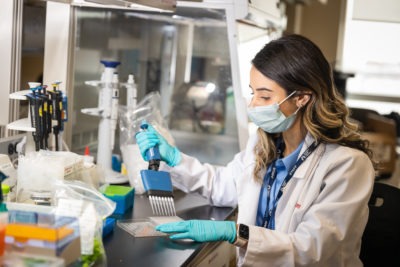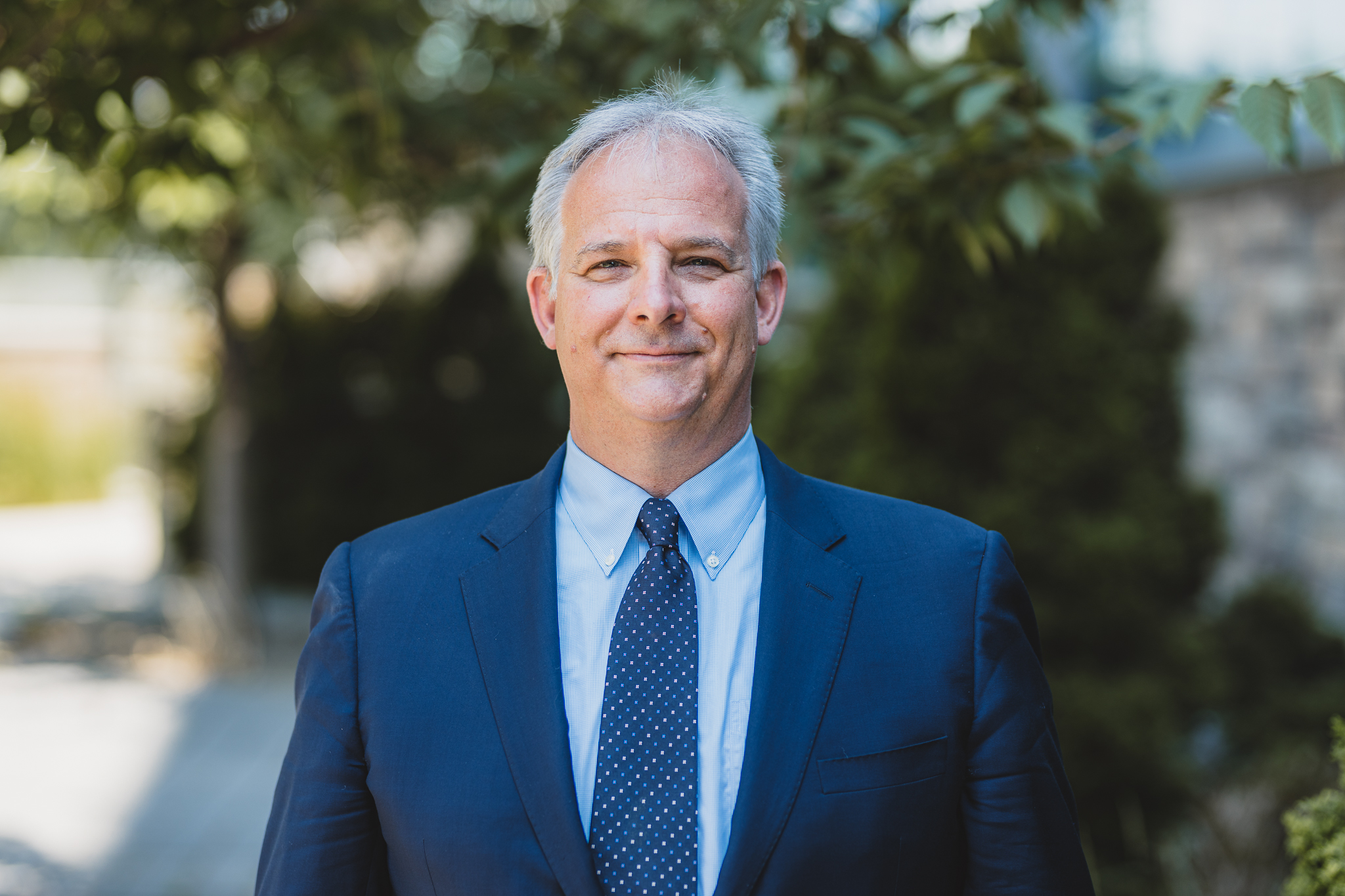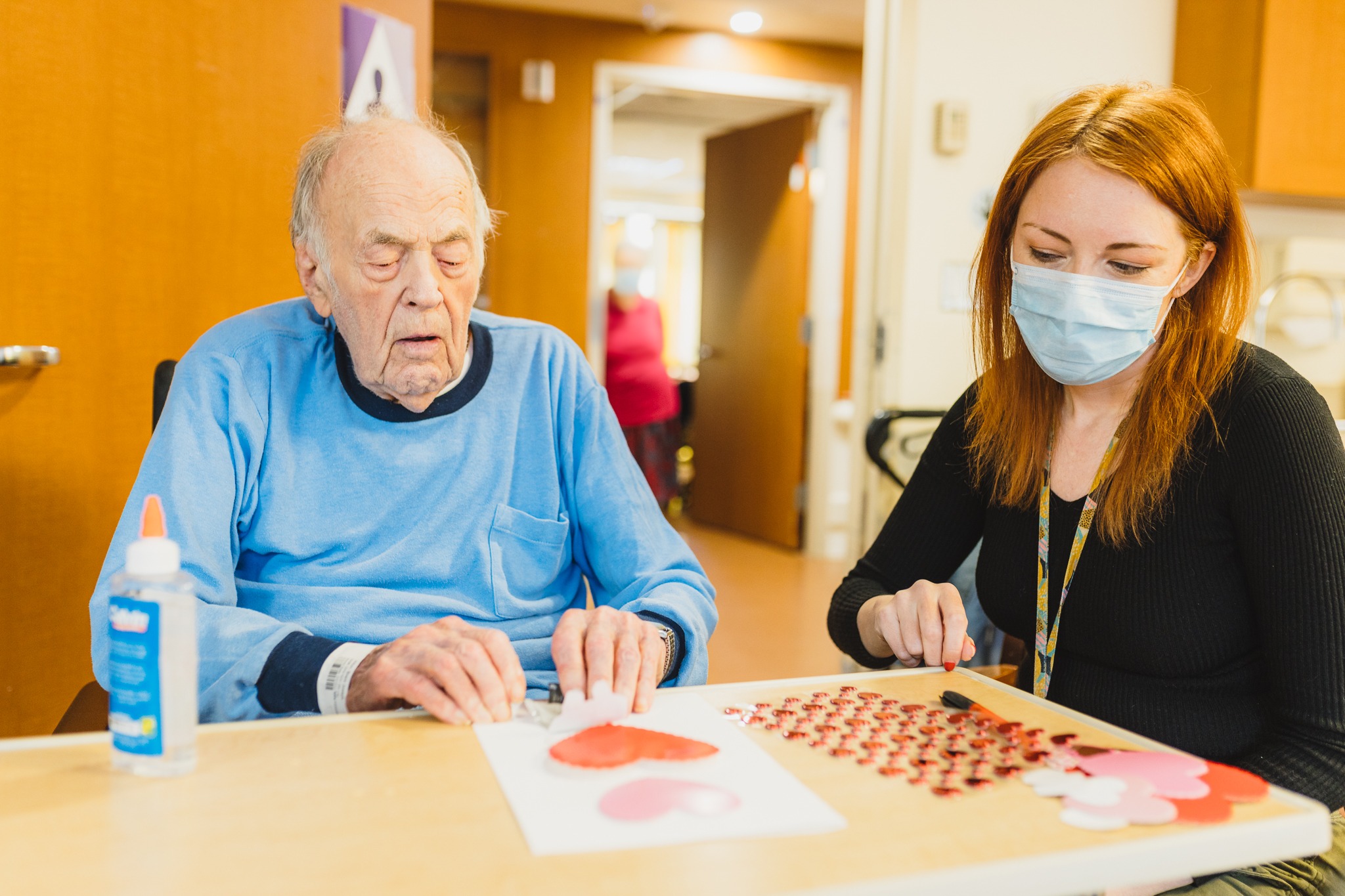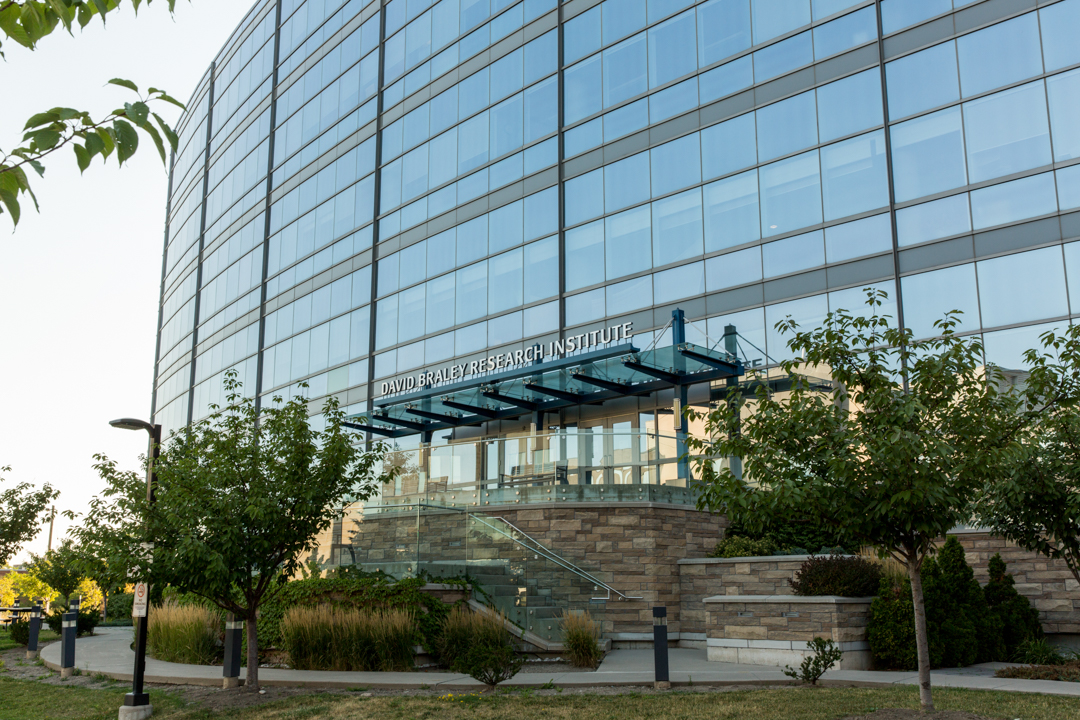
Finding ways to help older adults recover from burn injuries
While significant advancements in burn care have occurred across North America over the past decade, there is still one patient population that hasn’t experienced improvements – seniors, also referred to as older adults.
Hamilton Health Sciences’ (HHS) new burn research lab is working to understand why older adult burn patients continue to experience poor outcomes.
Burns and older adults
“If we can find out why older adult burn patients continue to have poor outcomes, then we can start working on new treatments to help these patients.”
“As the fastest growing population it’s concerning that effects of burn injury and even death as a result of burns has remained the same in older adults for the past three decades,” says Dalia Barayan, a post-doctoral fellow working in the burn research lab at HHS. “On top of that, survival rates for older adults with large burns is much lower than other age demographics.”
Factors related to aging do make older adults more susceptible to burn injuries such as thinning skin, decreased sensation and deterioration of judgement and coordination. However, it’s currently unknown why older adults haven’t benefited from the ongoing improvements in burn care.

Dalia Barayan is pursuing her interest in the effects of burns on older adults.
During her doctoral studies at the Institute of Medical Science, University of Toronto, Barayan found this fact fascinating and an area she wanted to explore further. So, now as a post-doctoral fellow she is doing just that.
“If we can find out why older adult burn patients continue to have poor outcomes, then we can start working on new treatments to help these patients,” she says.
Exploring a new medication
One research project Barayan is working on, under the guidance of Dr. Marc Jeschke, HHS medical director of burns, is a newly launched three year clinical trial to determine if the hypoglycemic drug metformin can safely and effectively improve outcomes in older adult burn patients.
Hyperglycemia, or high blood sugar, commonly occurs in patients suffering from major burns and other trauma or major medical events. It’s identified as stress-induced hyperglycemia and can contribute to complications during recovery and even death. To maintain proper blood sugar levels, the standard of care is to provide the patient with insulin infusions, before they become hyperglycemic.
“We’re in a unique position to possibly change the way we treat older adult burn patients.”
Metformin is a drug that works similarly to insulin. It has been proven to be one of the safest treatments for those with type 2 diabetes, as their bodies don’t regulate blood sugar levels properly and they’re also susceptible to hyperglycemia. It has become the most prescribed diabetes medication in North America.
Barayan and the burn research team previously conducted a preliminary trial showing that metformin was safe and effective at treating hyperglycemia in older adult burn patients. Since older adult burn patients have a greater occurrence of pre-existing diabetes, which leads to worse outcomes after a trauma, the team is optimistic about the continued investigation of the drug in this patient population.
“We’re in a unique position to possibly change the way we treat older adult burn patients,” she says. “While our original evidence was promising, we need more data on metformin’s safety, efficacy and mechanisms of action in older adult burn patients before it can be widely developed into an effective new treatment option.”



